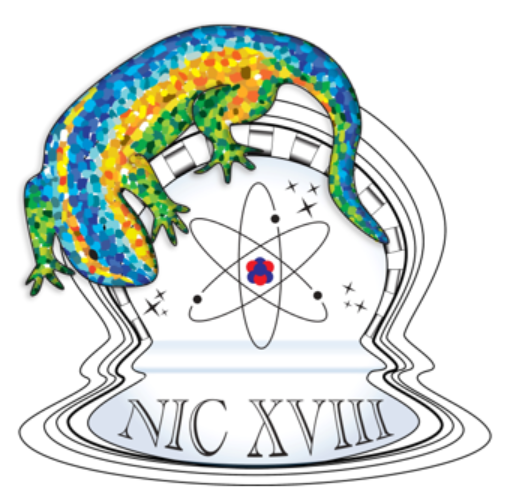https://doi.org/10.1140/epjd/e2007-00130-9
Transition energies of atomic lawrencium
1
School of Chemistry, Tel Aviv University, 69978 Tel Aviv, Israel
2
University of Puerto Rico Department of Chemistry, P.O. Box 23346, San Juan, CA, 9313346, USA
Corresponding author: a kaldor@jade.tau.ac.il
Received:
22
November
2006
Revised:
11
February
2007
Published online:
23
March
2007
Transition energies of the superheavy element lawrencium, including the ionization potential, excitation energies and electron affinities, are calculated by the intermediate Hamiltonian coupled cluster method. A large basis set (37s31p26d21f16g11h6i) is used, as well as an extensive P space (6s5p4d2f1g). The outer 43 electrons are correlated. Accuracy is monitored by applying the same approach to lutetium, the lighter homologue of Lr, and comparing with experimentally known energies. QED corrections are
included. The main goal is to predict excitation energies, in anticipation of planned spectroscopy of Lr.
The ground state of Lr is  , unlike the
, unlike the
 of Lu. Predicted Lr excitations with large transition moments in the prime range for the planned experiment, 20 000–30 000 cm-1, are 7p→8s at 20 100 cm-1
and 7p→7d at 28 100 cm-1. The average absolute
error of 20 excitation energies of Lu is 423 cm -1, and the error limits for Lr are put at 700 cm-1.
The two electron affinities measured recently for Lu are reproduced within 55 cm-1, and a third bound state of Lu- is predicted.
of Lu. Predicted Lr excitations with large transition moments in the prime range for the planned experiment, 20 000–30 000 cm-1, are 7p→8s at 20 100 cm-1
and 7p→7d at 28 100 cm-1. The average absolute
error of 20 excitation energies of Lu is 423 cm -1, and the error limits for Lr are put at 700 cm-1.
The two electron affinities measured recently for Lu are reproduced within 55 cm-1, and a third bound state of Lu- is predicted.
PACS: 32.30.-r – Atomic spectra / 31.30.Jv – Relativistic and quantum electrodynamic effects in atoms and molecules / 31.15.Dv – Coupled-cluster theory
© EDP Sciences, Società Italiana di Fisica, Springer-Verlag, 2007







